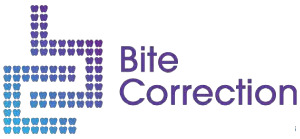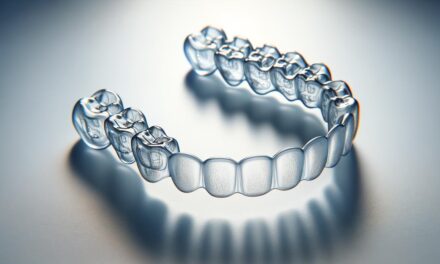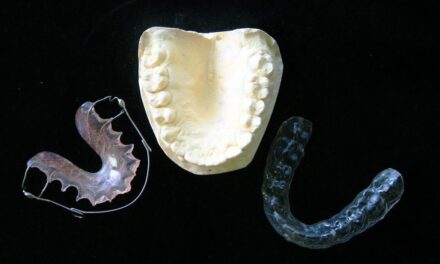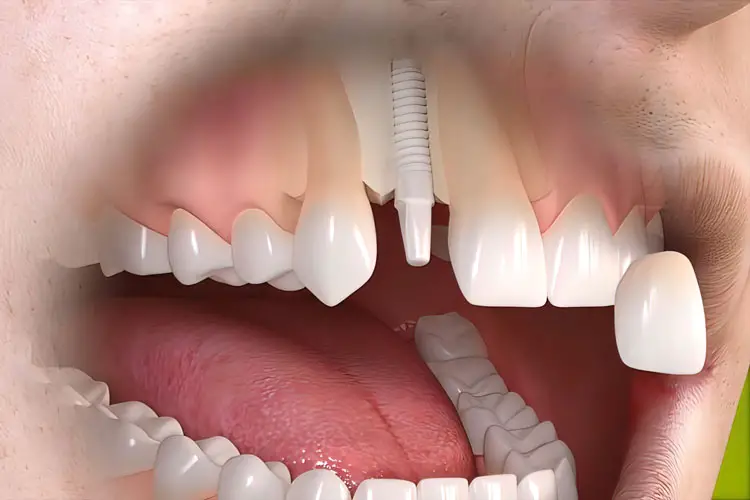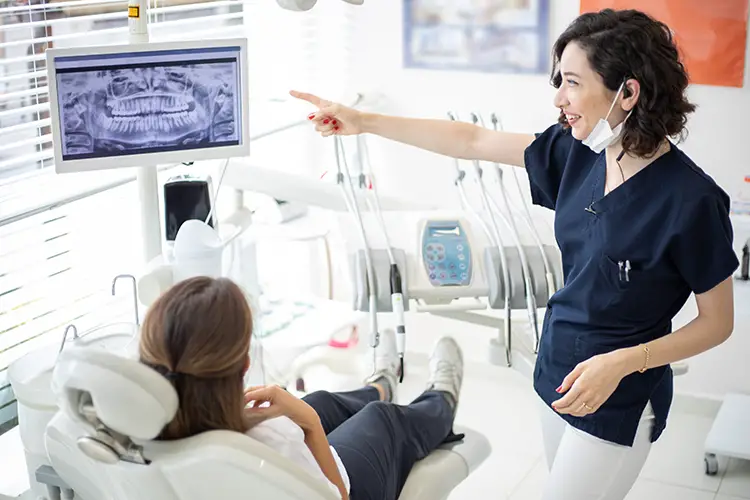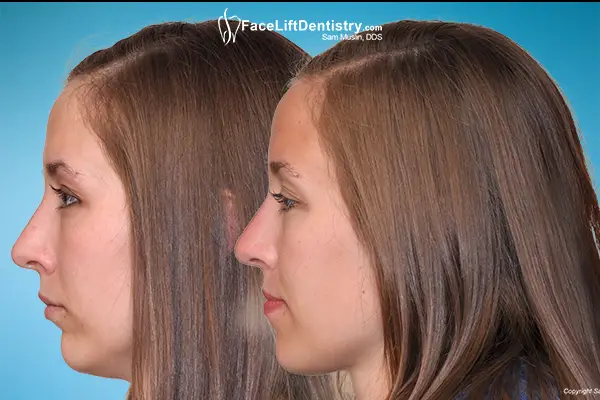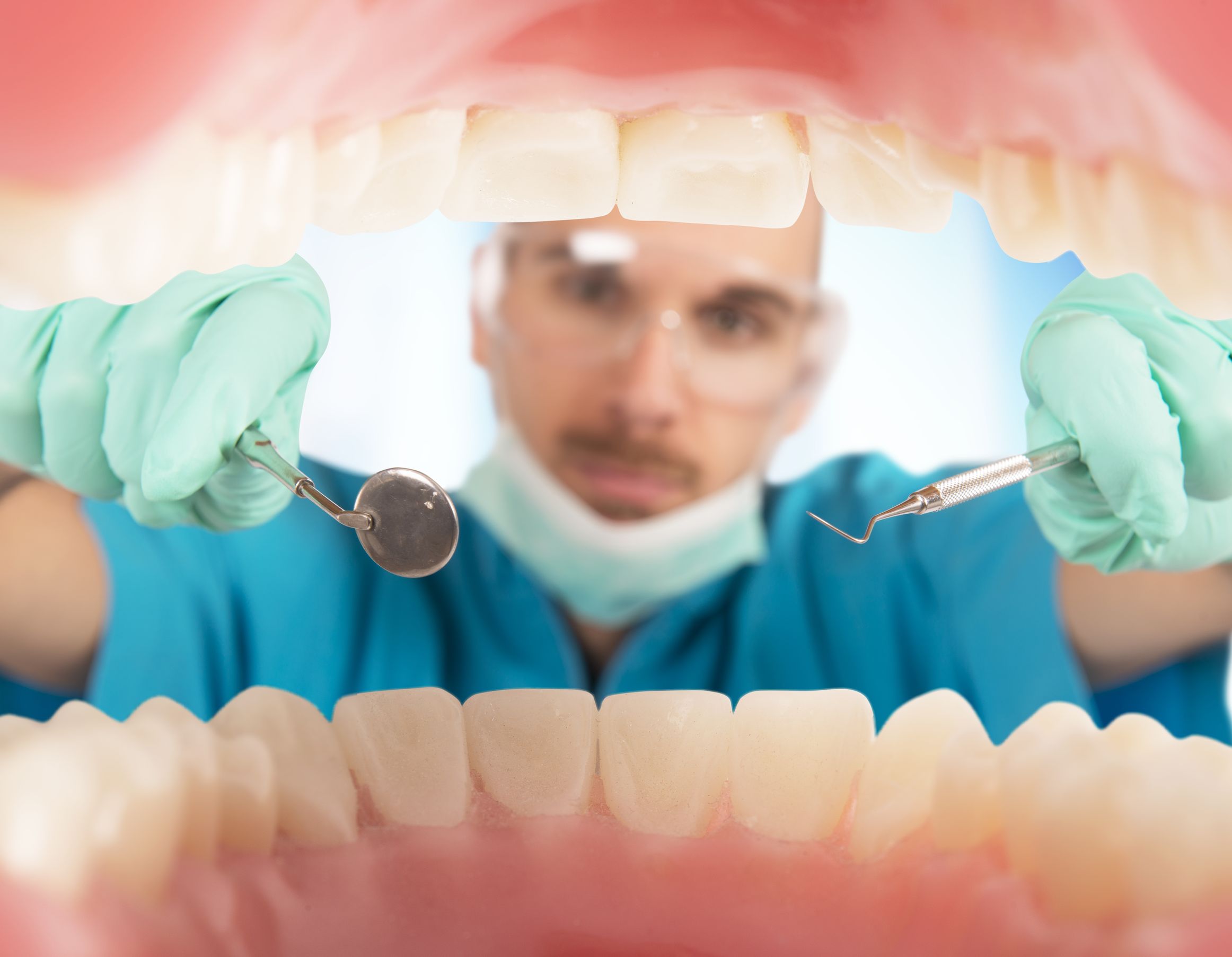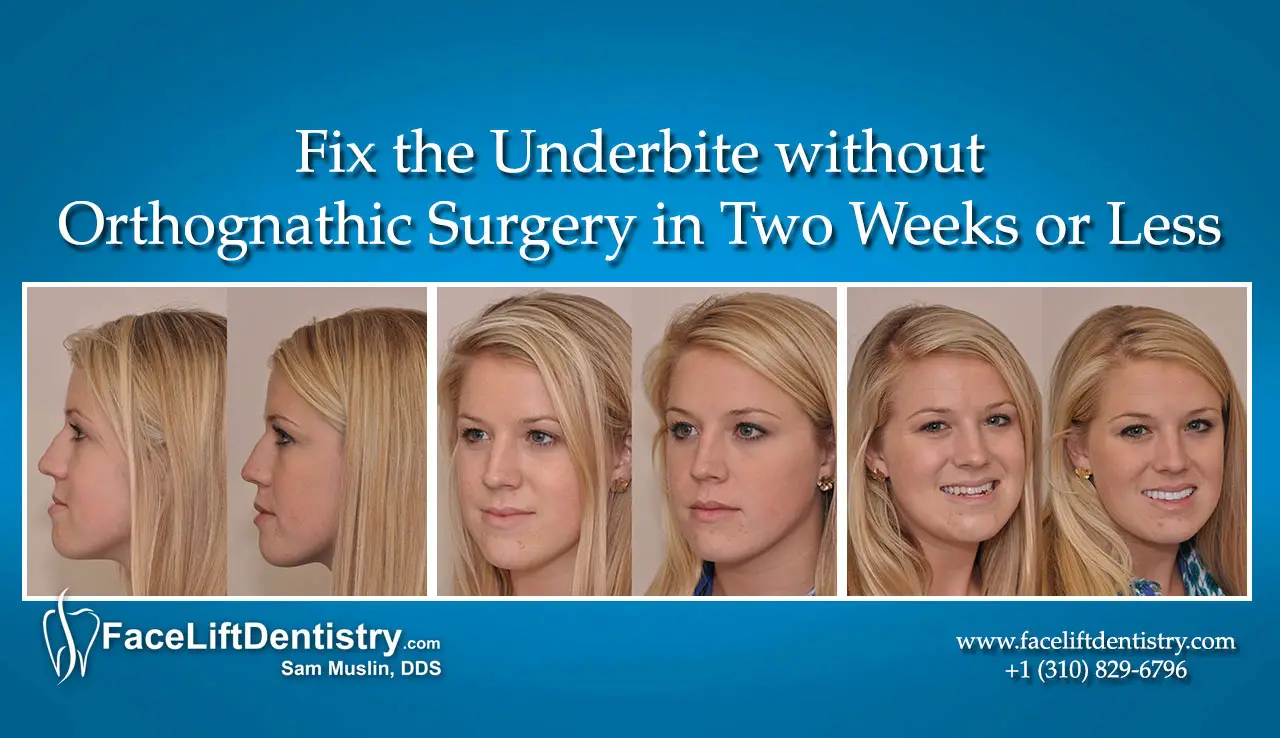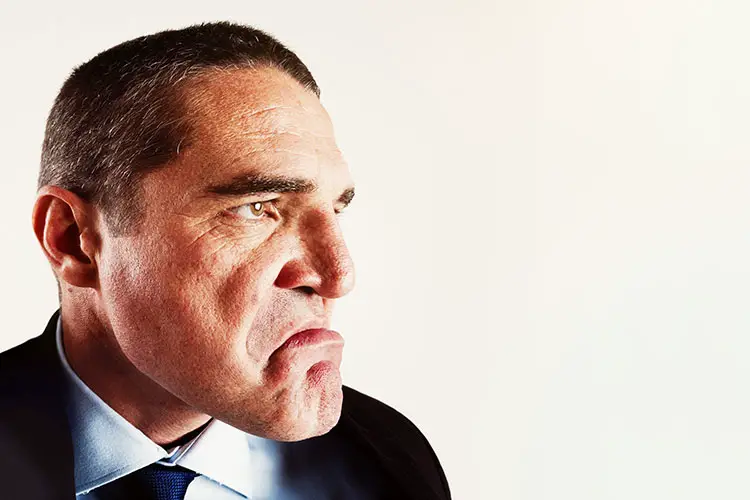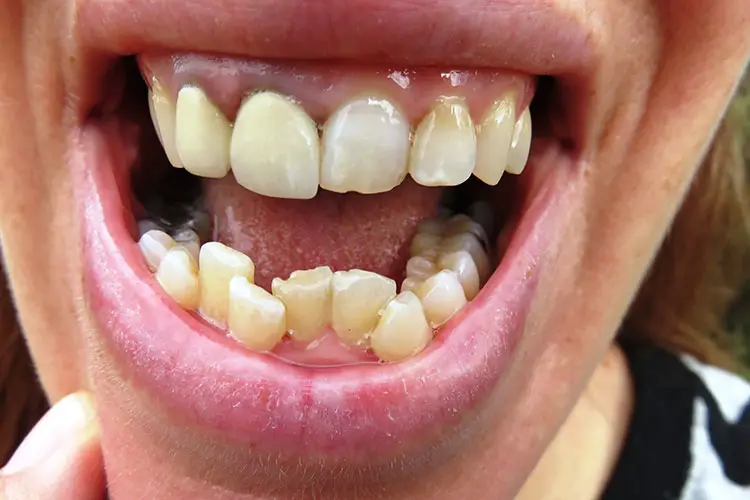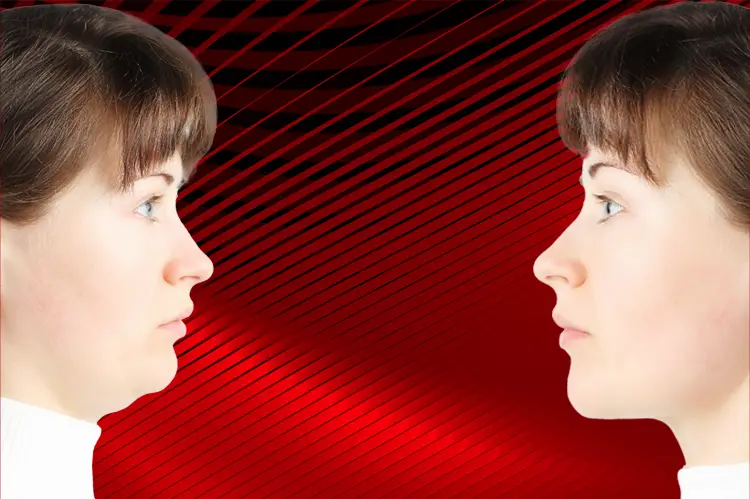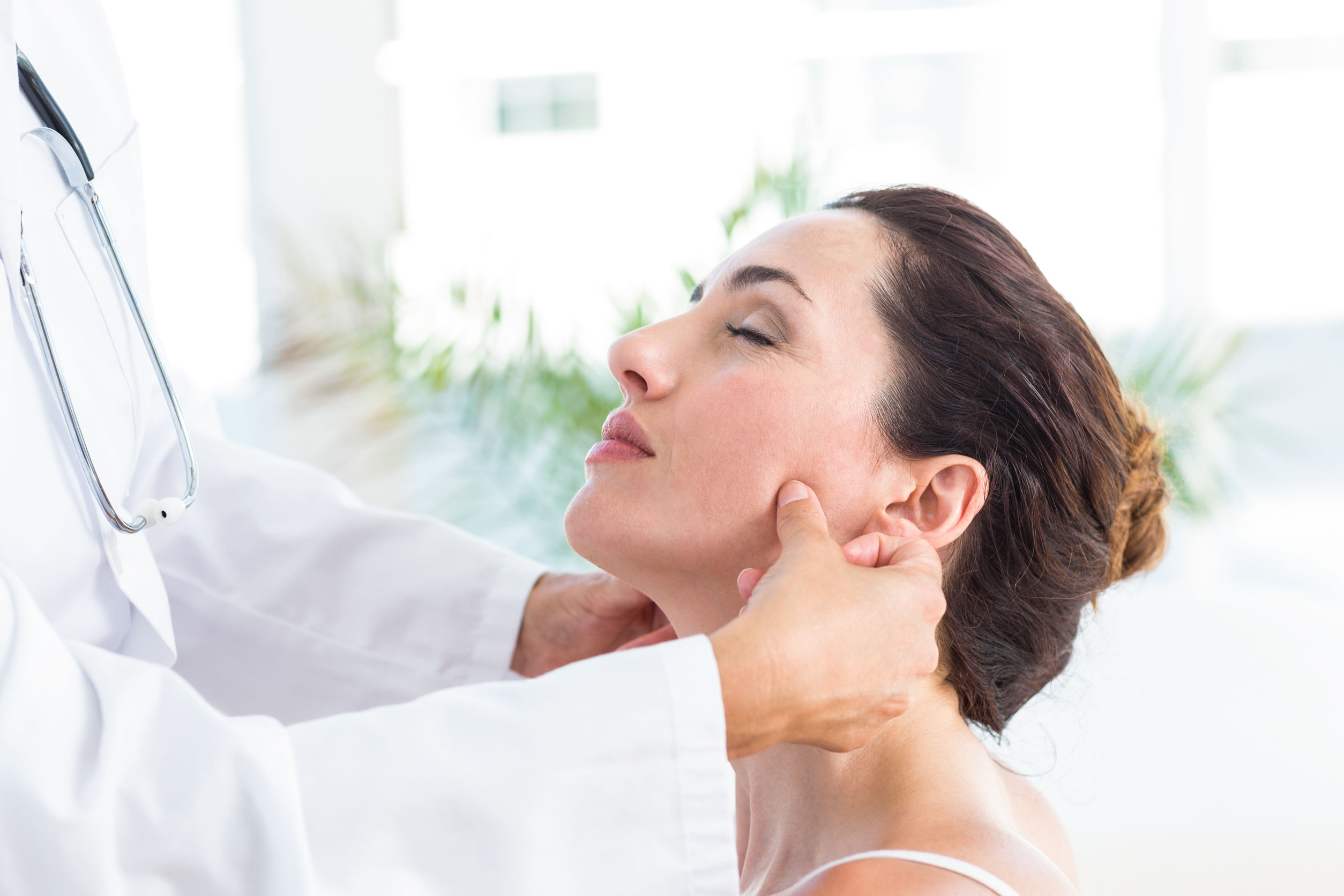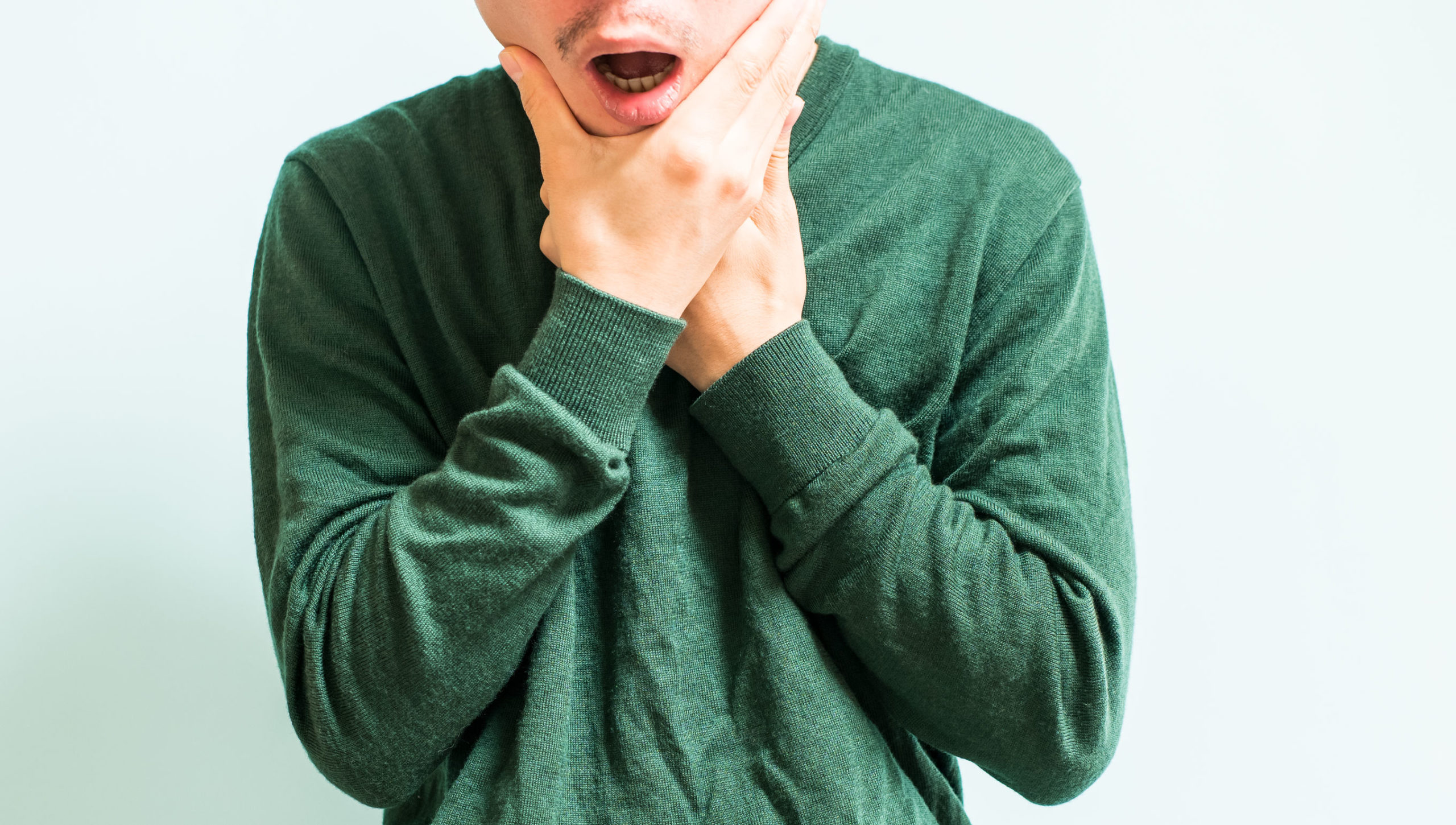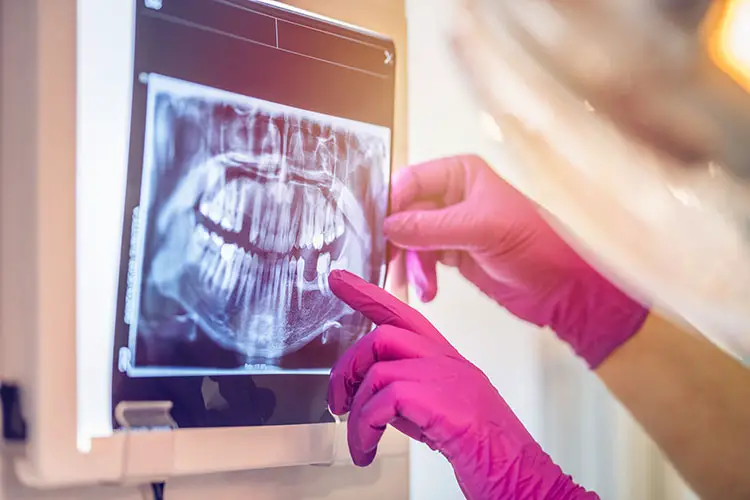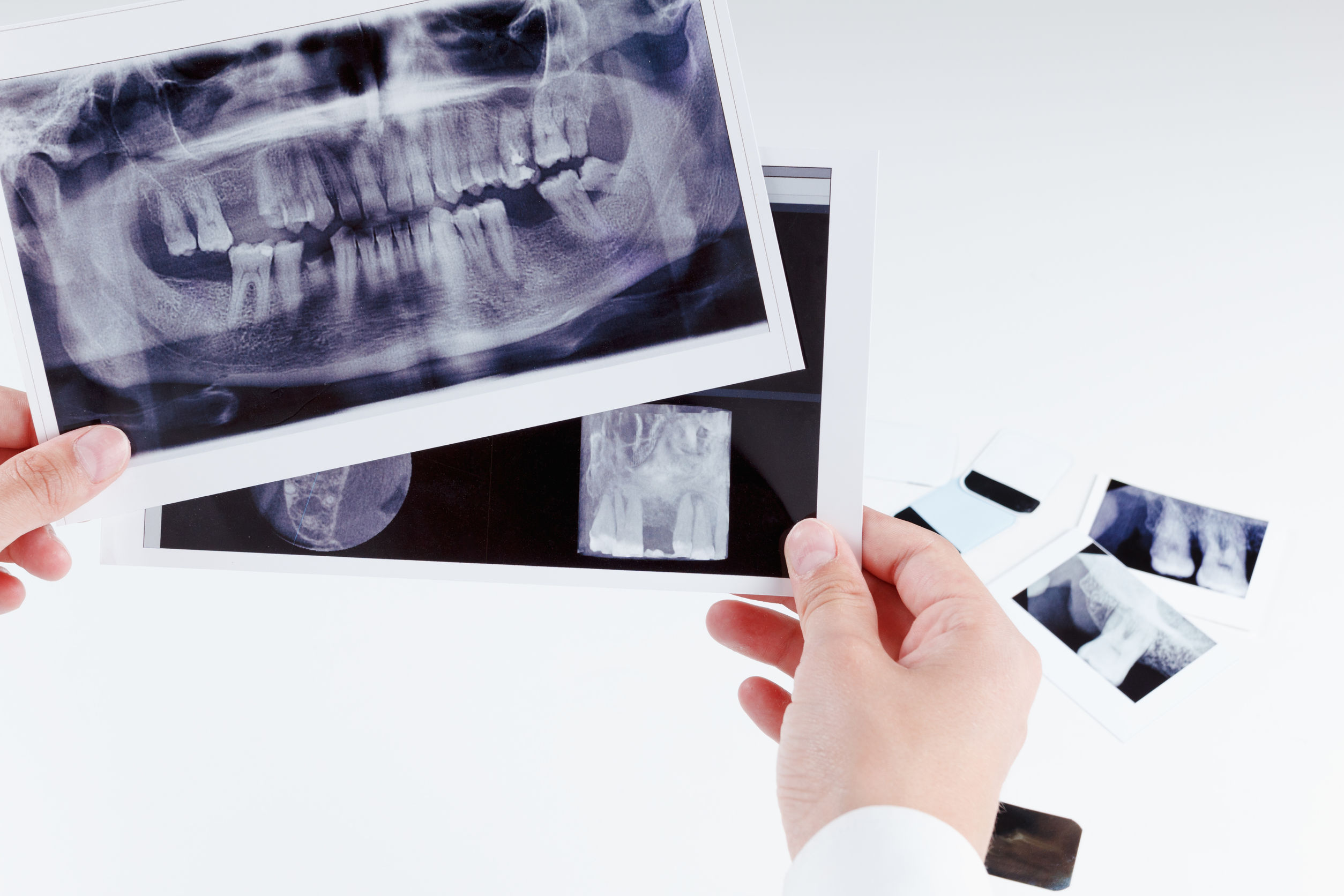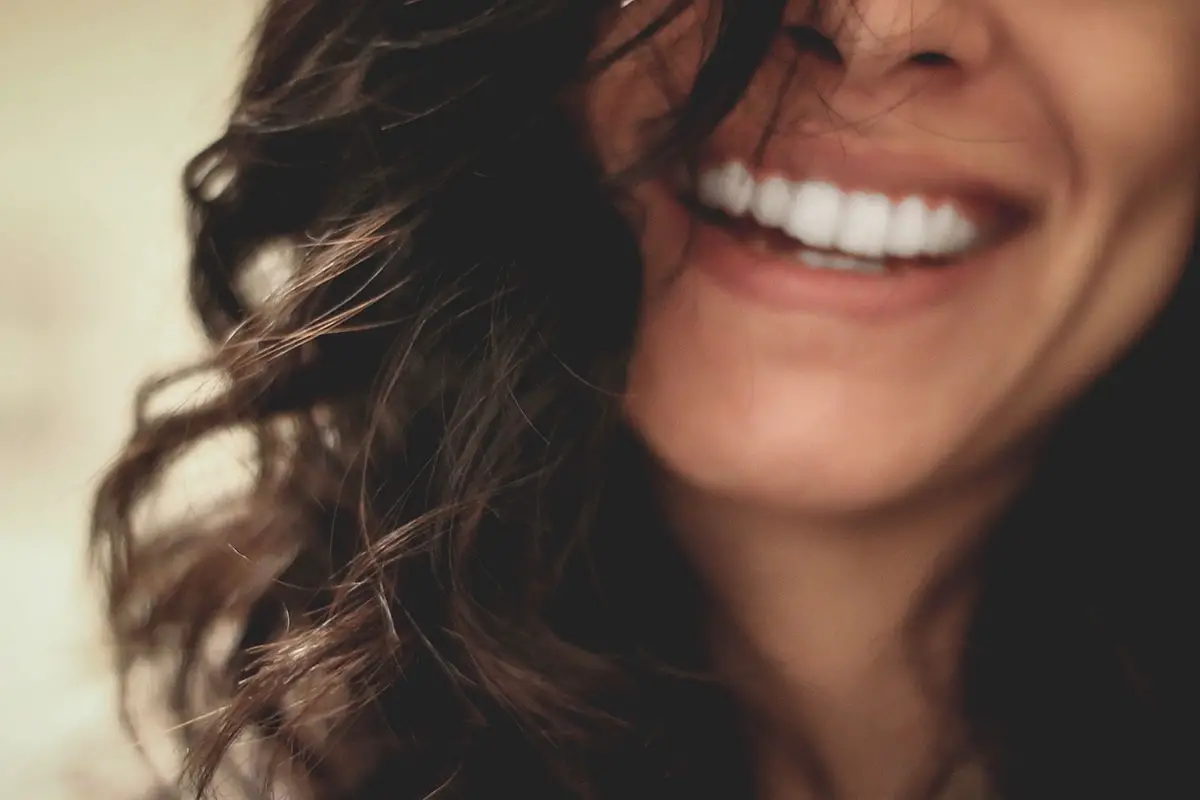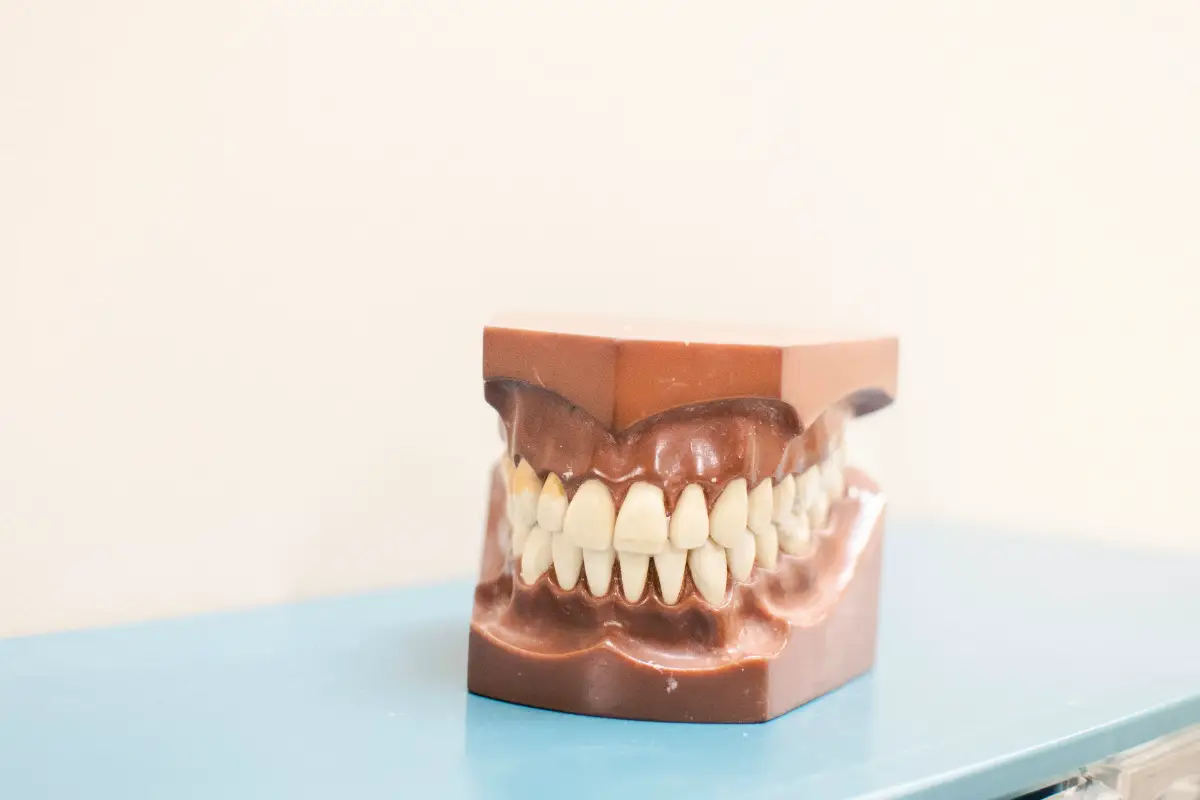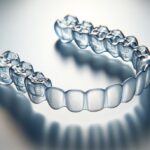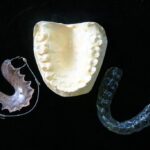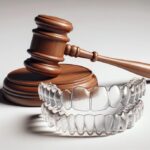
What Causes an Underbite — And Why to Treat It as Soon as Possible


Few people are born with perfect teeth, and misalignments of the teeth and jaw can occur both at birth or during early childhood. Underbites, a type of malocclusion, are one form of misalignment many people face.
Having an underbite can cause both physical and emotional challenges, but help is available. Educating yourself on the causes of and treatments for underbites is the most important first step. If you’ve ever wondered what causes an underbite and how it can affect your long-term well-being, read on.
What is an Underbite?
An underbite is when the lower jaw and teeth extend farther than the upper jaw and teeth, as an article reviewed by Atlanta-based dentist Michael C. Friedman explains. This bite malfunction causes misalignment in the teeth. Ideally, the lower teeth rest just behind the upper teeth when a person’s mouth is closed.
While some instances of underbites are subtle and difficult to notice, others have a much more extreme effect on the face, says dentist Christine Frank. In more severe underbite cases, the lower teeth can extend much further outward than the upper teeth, transforming the overall shape of the face.
Moreover, since an underbite causes the lower jaw to protrude from its normal resting place, it can distort facial features and make the chin stick out, explains James Haynes at consultation and research platform Zwivel. This can cause a host of problems related to chewing, speaking and swallowing, as we will explore later.
Bites are classified into three main classes of severity, as the team at dental reporting and directory company Toothpic note. A primary class bite, or a Class I bite, is a normal bite, when the teeth bite down in alignment across the upper and lower jaw. Class II bites are where most underbites and overbites are found. People with extreme underbites and overbites, however, are classified in the third category, Class III bites.
What Causes an Underbite?
Underbites are commonly caused by genetics, according to dental marketer Michael Plambeck and dentist David R. Hudnall. A child whose grandparent or parent has an underbite is more likely to be born with one. This genetic condition is typically caused by two key factors: dental misconfiguration and skeletal positioning.
Genetics aren’t the only cause of underbites and overbites, however. Poor childhood habits can also cause or intensify an overbite. Thumb sucking or using a pacifier, for example, can set the stage for an overbite, write orthodontists Anthony W. Savage, George J. Sabol and Britt E. Visser in Virginia Beach. Underbites caused by bad habits may be easier to fix than those related to genetics because they only involve the teeth rather than the jaw.
Long-Term Side Effects of Underbites
People with more severe underbites may feel social anxiety or a low sense of self-worth due to the misalignment of their teeth. Tracey Sandilands at Colgate points out that underbites can make a person appear angry or mad even when they aren’t. “It can give the impression you’re expressing emotion that isn’t intended, and it is, therefore, a common social issue that many are eager to eliminate for good,” she writes.
Another challenge with overbites is that they can interfere with proper speech development, says dentist Gary Lederman. “Because proper jaw alignment is a must when forming certain sounds, people with underbites often struggle to make ‘f’ and ‘s’ sounds,” he explains.
Having a lisp can make people self-conscious about speaking, which in turn can prevent them from excelling in school and professionally. It may also interfere with social interactions and relationships, which can lead to feelings of loneliness and isolation.
Physical Impacts of Underbites

In addition to the personal and social impacts an underbite can have, there are physical health challenges to take into account. These issues vary depending on the severity of the underbite and the age of the person affected.
“Having an uneven bite means your jaw can’t function as it should, which can create wear and tear and resultant pain in its joints and muscles,” says Robert S. Glickman, an oral and maxillofacial surgery professor at NYU.
In addition to pain, an uneven bite can also lead to difficulty chewing and swallowing, the team at Penn State’s Milton S. Hershey Medical Center point out. People with underbites may experience discomfort when biting or chewing food. This can lead to weight loss or malnutrition in severe cases, as people may only eat certain liquids and foods that don’t cause pain. In the long run, this can have further physical and mental implications.
Chronic headaches are another ailment reported by people with moderate to severe underbites. Similarly to overbites, underbites can cause teeth grinding, which can cause headaches and other pain in the face and head. As Birmingham Orthodontics points out, underbites can also be accompanied by chronic earaches.
Temporomandibular Joint Syndrome
Living with an underbite can cause a person to experience pain and malfunctioning in the jaw. Specifically, people with overbites and underbites are more likely to experience temporomandibular (TMJ) disorders, orthodontist Steven Reese explains.
The temporomandibular joint is located at the base of the skull and is responsible for enabling movement of the jaw both up and down and side to side. Because this joint is complex, TMJ disorders can be difficult to treat, writes Alice Porter at Medical News Today.
Chronic jaw disorders like TMJ can also bring about a range of symptoms. These include persistent pain around the jaw, limited jaw movement, migraines, backaches and headaches. Earaches, or pain around the ear that spreads to the cheeks, can also be caused by TMJ.
TMJ can be brought on by other habits associated with having an underbite. For example, teeth grinding at night can lead to TMJ, says Brian Hale, a dentist in San Antonio. He adds that mouth breathing, a side effect of underbites, can play a role in TMJ. “With mouth breathers, the tongue may rest over the spot where the back teeth are supposed to erupt, forcing the jaw back so that the mouth can fit together. This can result in an overbite and a constriction of the jaw’s natural arch,” he explains. That resulting jaw constriction can lead to TMJ-related pain later on in life, especially if it isn’t treated during childhood.
Treating an Underbite Early or Later in Life
Underbites can be detected early in a child’s life. Children who receive treatment between the ages of 7 and 10 are much less likely to need corrective surgery later in life, explains orthodontist Carrie Thangamani. “If we don’t see the patient with a severe underbite until adolescence, there is often little that can be done and jaw surgery is required for correction,” she writes.
Early underbite interventions can reduce the need for bite-correction treatments later on. Surgery, as Thangamani points out, is one such treatment option, but there are several non-invasive underbite treatment options, as well:
- Orthodontic headgear. Doctors James Myhre and Dennis Sifris describe one treatment method for younger patients (children 9 and older) involving headgear. Those interventions help limit jaw growth to shift its current course toward a better alignment.
- Aligners. A product such as Invisalign can work in instances where the underbite is caused by tooth crowding, or teeth being tilted the wrong way. This is because “Invisalign places subtle but persistent pressure on the teeth and jaw to encourage their gradual movement,” says Dr. James Altomare.
- Bite restoration. A third non-surgical treatment methodology involves VENLAY® Bite Restoration, which focuses on realigning the jaw in a manner that’s specific to a person’s facial composition. In addition to jaw realignment, it also provides teeth alignment and cosmetic improvement in a single procedure.
Images by: anetlanda/©123RF.com Robert Przybysz/©123RF.com, kho/©123RF.com
###
